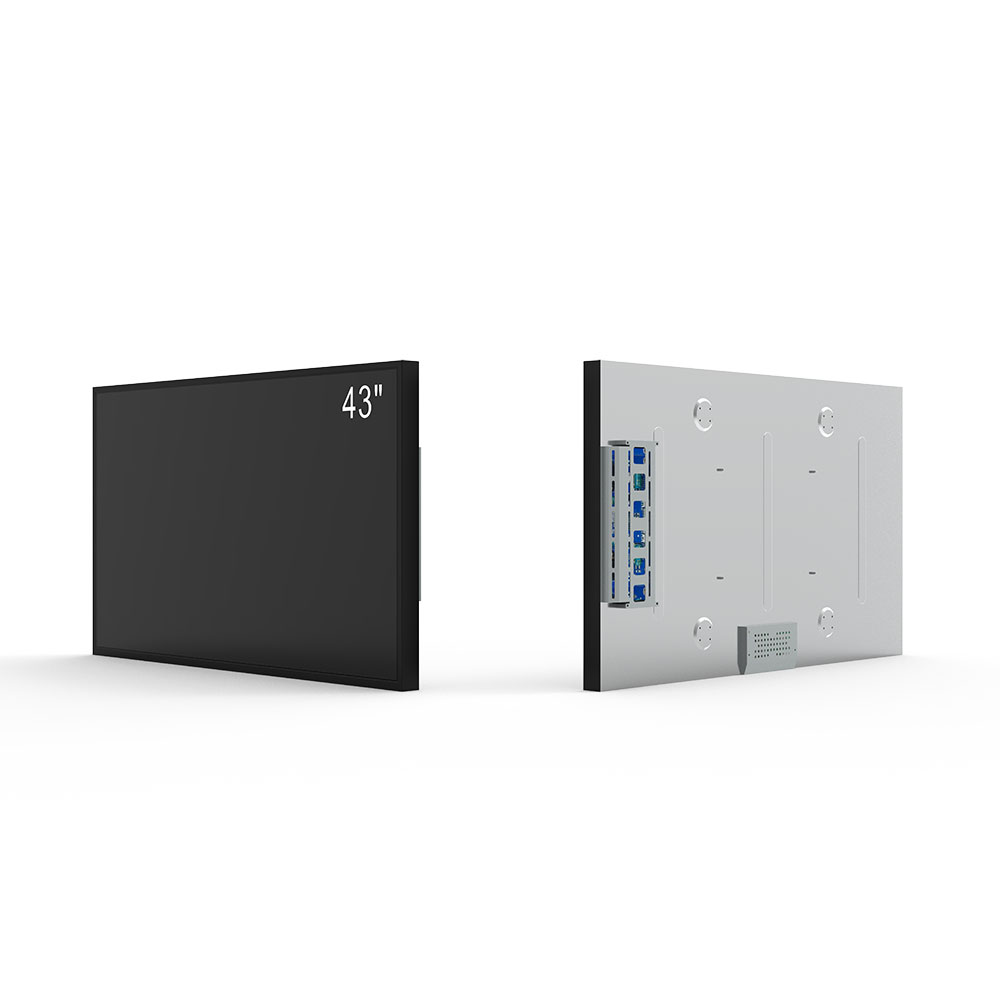- Hemsida
- Om oss
- Produkter
- Nyheter
- Videoklipp
- Kontaktinformation
- Skicka förfrågan
Sök
- Hemsida
- Om oss
- Produkter
- Nyheter
- Videoklipp
- Kontaktinformation
- Skicka förfrågan

In the rapidly evolving landscape of urban transportation, passenger information displays (PIDs) have become a cornerstone of smart city infrastructure. As cities worldwide embrace digital transformation, the demand for real-time, reliable, and highly visible information has surged—especially in outdoor environments where ambient light, weather, and human movement challenge traditional display technologies. This is where high-brightness LCD screens, particularly those rated at 5,000 nits or more, are making a transformative impact.
Outdoor high-brightness LCDs are engineered to maintain visibility under direct sunlight, extreme temperatures, and harsh environmental conditions such as rain, dust, and UV exposure. Unlike indoor displays that typically operate at 300–500 nits, these outdoor-ready panels must overcome peak solar irradiance levels up to 100,000 lux—a condition that renders most standard LCDs unusable. According to the International Electrotechnical Commission (IEC), outdoor PIDs must meet IP65 or higher ingress protection standards to ensure durability against water jets and dust ingress, which are commonly tested in ISO 16750-3 protocols.
One key application area is public transit systems, including buses, trains, and subways. For instance, London’s Transport for London (TfL) upgraded over 2,000 bus stops with 5,000-nit LCD displays in 2022, resulting in a 40% improvement in rider satisfaction scores related to information clarity and timeliness (source: TfL Annual Report, 2022). These displays integrate real-time GPS data, dynamic route updates, and multilingual support, all while consuming less power than legacy LED-based systems due to advancements in LED backlighting and adaptive brightness control algorithms.
Another major use case is airport passenger information systems. At Singapore Changi Airport, a pilot deployment of 8,000-nit outdoor LCD screens improved on-time boarding alerts by 35%, reducing missed flights and enhancing traveler experience. The displays utilize automatic ambient light sensors that adjust brightness dynamically—reducing energy consumption by up to 30% during low-light periods while ensuring maximum visibility at dawn and dusk.

From an engineering perspective, the integration of industrial-grade components—such as wide-temperature IPS panels, sealed aluminum enclosures, and ruggedized touch interfaces—ensures long-term reliability. Case studies from manufacturers like Samsung Display and LG Display show mean time between failures (MTBF) exceeding 100,000 hours for outdoor LCDs used in transit applications. Furthermore, compliance with FCC Class A and CE EN 61000-6-4 standards ensures electromagnetic compatibility, crucial for environments near rail signaling systems or radar installations.
The future of PIDs lies in their convergence with AI and IoT. Emerging systems leverage edge computing to process data locally, enabling faster response times for delays or disruptions. For example, Seoul Metro now uses AI-powered PID analytics to predict passenger flow patterns and adjust display content accordingly—such as highlighting alternative routes during congestion.
Ultimately, outdoor high-brightness LCDs are no longer just visual aids—they are mission-critical communication tools that improve safety, efficiency, and user experience across global transit networks. With ongoing innovations in brightness optimization, thermal management, and connectivity, they represent a foundational element of the next generation of intelligent mobility solutions.